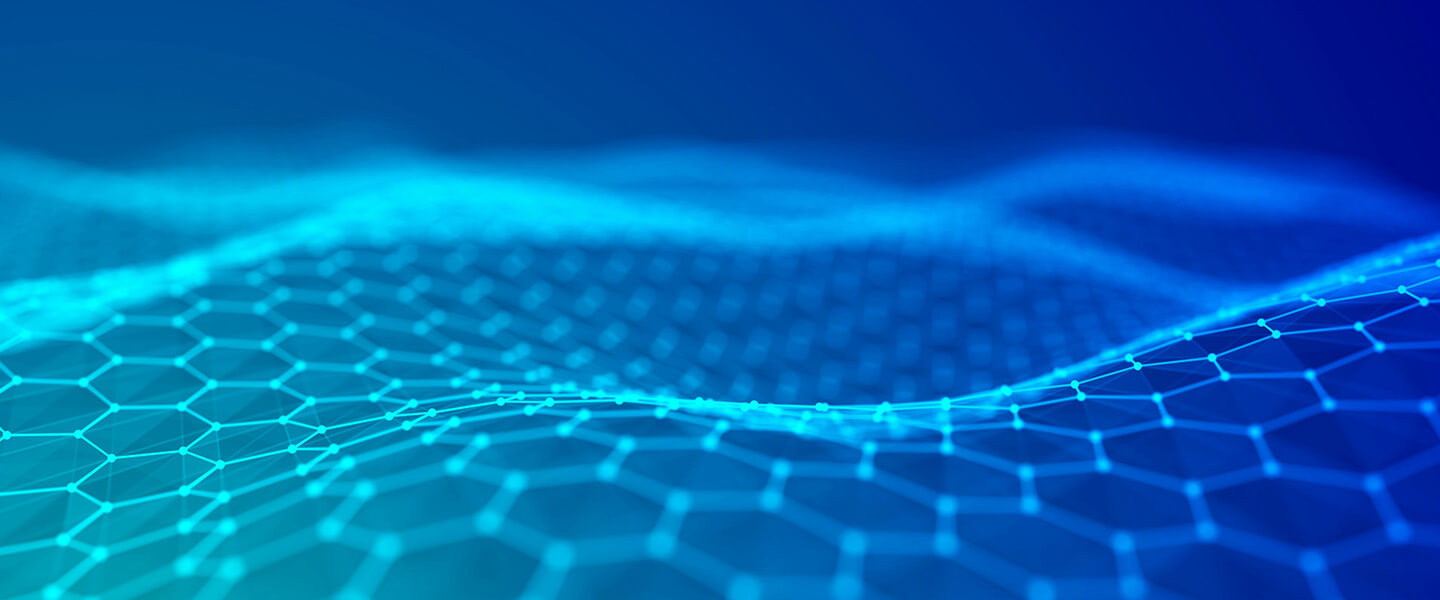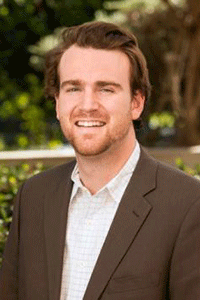Non-Invasive Brain-Stimulation Protocol for Treatment-Resistant Depression Enabled 79% to Experience Remission Following 5-Day Treatment Course
Non-Invasive Brain-Stimulation Protocol for Treatment-Resistant Depression Enabled 79% to Experience Remission Following 5-Day Treatment Course

In its first randomized, placebo-controlled test, an enhanced form of non-invasive brain stimulation called SNT (Stanford Neuromodulation Therapy, formerly called SAINT) generated "a large antidepressant effect" that enabled 79% of treatment-resistant patients to experience remissions within 4 weeks of the conclusion of the 5-day course of treatment, its developers have reported in the American Journal of Psychiatry.
A research team at Stanford University led by Nolan R. Williams, M.D. first reported in April 2020 on their experimental protocol designed to improve the effectiveness of FDA-approved rTMS (repetitive transcranial magnetic stimulation) therapy. Dr. Williams is a 2018 and 2016 BBRF Young Investigator and winner of the 2019 BBRF Klerman Prize for Exceptional Clinical Research. The team also included Alan Schatzberg, M.D., a member of BBRF's Scientific Council.
The initial test reported in 2020 was "open-label," conducted in 21 patients with treatment-resistant depression who knew they were receiving the new therapy, as did the doctors providing the treatments. Optimized for each patient who receives it, the new approach delivers a full course of treatment, using multiple treatments sessions per day, over a 5-day period, compared to single-session treatments over 4 to 6 weeks in standard rTMS therapy.
In the test reported last year, by the end of the 5th day of treatments, when the course was completed, 90% of the participants were in remission—they were no longer clinically depressed. Those who had reported suicidal thoughts prior to treatment no longer report having such thoughts.
The newly reported test of the therapy was a "gold-standard" placebo-controlled double-blinded trial involving 29 patients with treatment-resistant major depression. Fourteen of the participants received SNT, while 15 received a placebo version of it that was designed to be indistinguishable from active SNT, both to recipients and the doctors administering the treatment. Trials like this are of superior value in research because they attempt to control for the placebo effect, which tends to elevate success rates.
The results of this trial were also impressive. For those in the group that received active SNT treatments, 78.6% experienced remission at some point during the 4 weeks after completing the 5-day treatment course. The remission rate in the placebo group was so much lower (13%) that the trial was halted early, so that all participants could have the opportunity to benefit from SNT. Over a 4-week period following the treatment course, over 85% of participants who received SNT responded, meaning that their depression, as measured on a standard symptom scale, was reduced in intensity by 50% or greater.
In the view of the research team, both the brevity of the SNT treatment course, compared with standard rTMS therapy, and its high rate of effectiveness, "presents an opportunity to [use SNT] to treat patients in emergency or inpatient settings [e.g., in-patient psychiatric facilities] where rapid-acting treatments are needed."
In treatment-resistant patients with major depressive disorder, standard rTMS on average enables under 20% to achieve remission, although it helps a larger percentage of individuals who are not treatment-resistant. In this trial, those who received active SNT, on average, were 49 years old, had been depressed 30 years, had been in their current depressive episode for 8 years, and had not been helped after 5 prior courses of antidepressant therapies. Average figures for the placebo group were age 52, 23 years depressed, current episode 10 years, and 5 prior antidepressant courses.
SNT is a more efficient form of rTMS, its developers say. It employs iTBS (intermittent theta-burst stimulation) in 10 treatment sessions daily, each lasting 10 minutes and spaced 50 minutes apart. This protocol is the result of experiments by Dr. Williams and his colleagues aimed at delivering a higher overall dose compared with standard rTMS, over a much shorter number of days. Each iTBS session delivers 1,800 magnetic pulses compared with 600 in standard rTMS sessions; over each day of the 5-day course, the total dose of 18,000 pulses is equal to that of an entire 6-week course of standard rTMS.
Despite the higher dose, no severe adverse events occurred during the trial. The most commonly reported side effect was headache, experienced by 56% of those who received active SNT, a rate comparable to that reported in standard rTMS and which in all instances either self-resolved or resolved after nonprescription pain relief. Fatigue was also experienced by some participants in both the active and placebo groups.
The hypothesis behind the development of SNT, Dr. Williams has explained, is that some or most patients, and especially treatment-resistant patients, who have not been helped by conventional rTMS or iTBS, have not received enough stimulation quickly enough (in standard 4- or 6-weeks protocols) to reduce their depression. In SNT, the 50-minute "intersession interval" separating each of the 10 daily iTBS treatments is also thought to be a factor in enhancing efficacy. A third factor is the individualization of the treatment target in each patient receiving SNT.
Dr. Williams explains that one can seek to direct rTMS or iTBS pulses either at a spot on the skull, or a spot in the brain beneath. There is a subtle distinction. Dr. Williams wants to hit the precise spot in the brain's dorsolateral prefrontal cortex (DLPFC) that has the greatest functional effect on another area, called the subgenual anterior cingulate cortex (sgACC), but each person is slightly different. The question then becomes: how does one hit this spot in the brain precisely when its position, relative to the outer skull, varies a bit from person to person?
For this reason, SNT begins with each patient getting an fcMRI brain scan—a functional scan of the brain in its resting state, when the individual is not focused on any particular mental task. This enables Dr. Williams’ team to increase the specificity of the iTBS pulses “to the person’s actual functional anatomy.”
This second trial of SNT involved a small number of patients. Subsequent trials must test the therapy in a larger patient population; they will likely test it against one or more active therapies in addition to placebo; and will test it in patients who both have and have not received fcMRI-guided targeting, to see if that step is in fact contributing to effectiveness.



